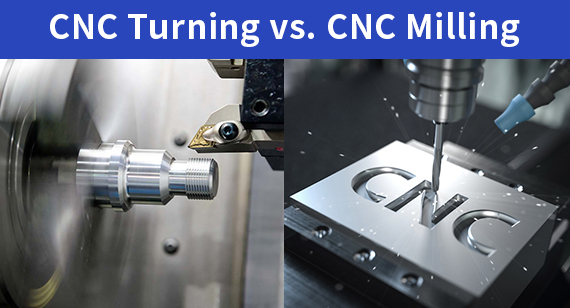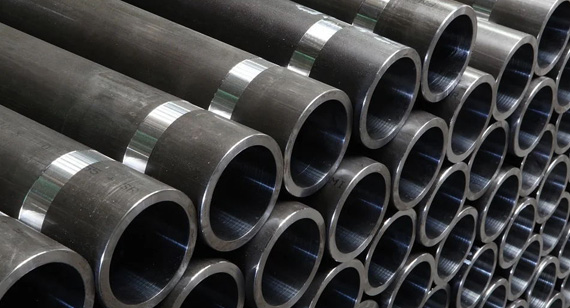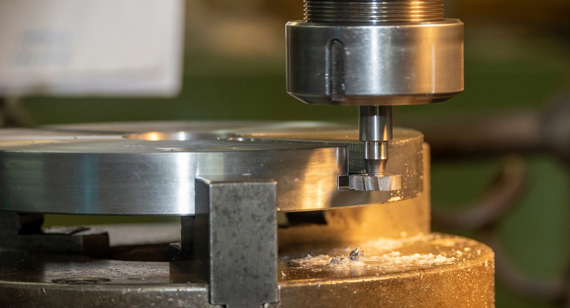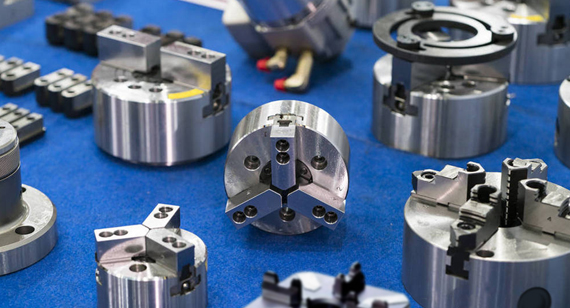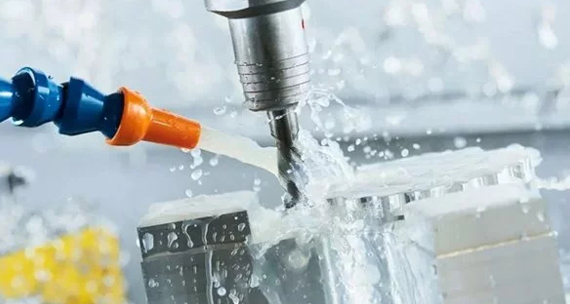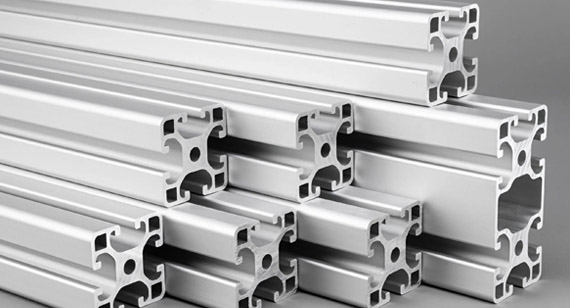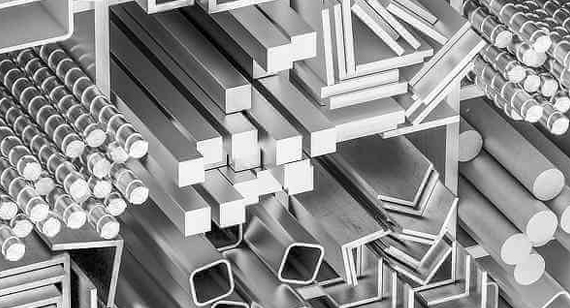15 years one-stop China custom CNC machining parts factory
The VMT blog is dedicated to sharing our hard-earned knowledge in prototype manufacturing. We hope these articles will help you optimize your product designs and gain deeper insight into the world of rapid prototyping. Enjoy the read!
Get an Instant Quote VMT
VMT  2024 11 27
2024 11 27 CNC turning and CNC milling are distinct machining processes: CNC turning rotates the workpiece while a stationary cutting tool shapes it, ideal for producing cylindrical parts; CNC milling keeps the workpiece stationary while rotating cutting tools move around it to create complex shapes, making it suitable for parts with intricate geometries.
 66
66
 Read more
Read more
 VMT
VMT  2024 11 26
2024 11 26 Mild steel, also known as mild steel, is a type of carbon steel with a low carbon content that offers excellent ductility, weldability, and machinability, making it ideal for applications where complex shapes and precise dimensions are required.
 66
66
 Read more
Read more
 VMT
VMT  2024 11 25
2024 11 25 Slot milling is a machining process where a milling cutter removes material from a workpiece to create slots, grooves, or pockets. By choosing the right tools and techniques, you can produce accurate slots with the desired dimensions and finishes, improving the functionality and performance of CNC milled parts.
 66
66
 Read more
Read more
 VMT
VMT  2024 11 24
2024 11 24 Metal surface finishing processes are treatments applied to metal surfaces to enhance appearance, improve corrosion resistance, increase durability, and prepare the surface for additional processing like painting or coating. Common methods include plating, anodizing, grinding, polishing, powder coating, sandblasting, and heat treatments, each offering unique benefits for various applications.
 66
66
 Read more
Read more
 VMT
VMT  2024 11 23
2024 11 23 To choose the right CNC fixture for your workpiece, you need to understand the various types of CNC fixtures available—such as modular, universal, and custom fixtures—and consider factors like workpiece geometry, machining operations, and production volume to select the fixture that best suits your specific application.
 66
66
 Read more
Read more
 VMT
VMT  2024 11 22
2024 11 22 CNC steel machining is a computer-controlled manufacturing process that precisely cuts, shapes, and finishes steel parts using various machining operations. This method offers high accuracy, repeatability, and the ability to produce complex geometries, making it ideal for industries requiring precise steel components.
 66
66
 Read more
Read more
 VMT
VMT  2024 11 21
2024 11 21 Aluminum extrusion is a manufacturing process where aluminum alloy material is forced through a die with a specific cross-sectional profile, allowing for the creation of complex shapes with excellent structural integrity and surface finish. This process is ideal for producing custom aluminum parts efficiently and cost-effectively, especially when combined with CNC machining services for precision detailing.
 66
66
 Read more
Read more
 VMT
VMT  2024 11 20
2024 11 20 2024 aluminum alloy is a high-strength material primarily composed of aluminum, copper, magnesium, and manganese. Renowned for its excellent fatigue resistance and high strength-to-weight ratio, it's ideal for aerospace structures, automotive components, and other demanding applications where performance and weight are critical factors.
 66
66
 Read more
Read more
Ready To Start Your Next Project?
Get Instant Quote

Request a Free Quote
Send us a message if you have any questions or request a quote. We will get back to you ASAP!
